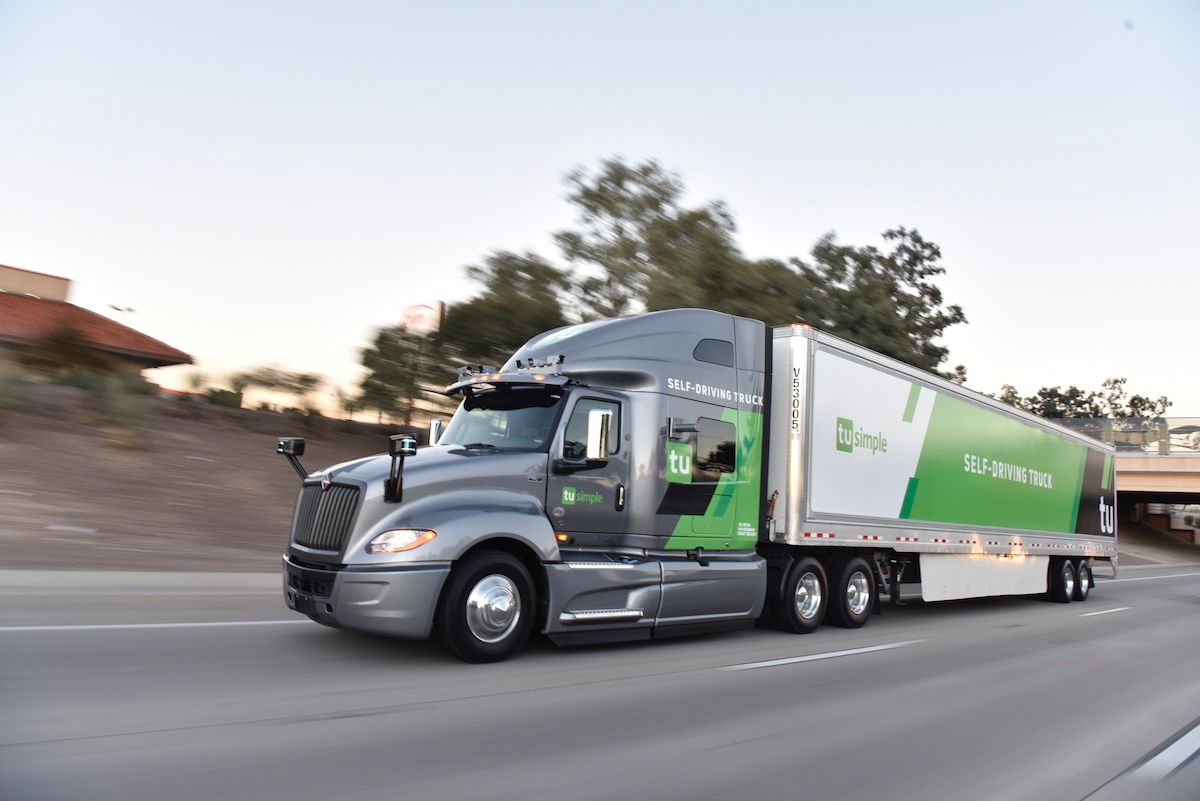Modern Guide to Making an App Like Uber Freight
Like the roar of a mighty diesel engine, the prospect of creating a pickup truck app like Uber Freight rumbles with promise. With a surge in digitalization and a mounting need for efficient freight solutions, such an undertaking offers a captivating journey along the digital highways of the logistics sector. Embarking on this voyage, one might wonder what makes this sphere so compelling and how you can conjure your own digital freight marvel.
Drawing from the Uber Freight saga, a tapestry woven with technologically advanced threads provides illuminating insights. The appeal of being able to make an app like Uber Freight extends beyond the realm of profit. It's about creating a digital platform that simplifies freight transportation, delivering a user experience as smooth as a well-serviced eighteen-wheeler's journey.
What is Uber Freight, and why is it so profitable?
As the curtains rise, the first act is on, "What is Uber Freight, and why is it so profitable?" This enigma, akin to deciphering the blueprint of a well-oiled machine, can shed light on the roadmap to creating your own pickup truck for hire app.
The Uber Freight phenomenon
Uber Freight is akin to a well-choreographed dance of technology and logistics. At its heart lies a digital freight marketplace that marries shippers with carriers, a union facilitated by a robust algorithm. Its charm lies in its ability to breathe life into a pickup truck-for-hire app concept, creating a platform that's more than just a medium—it's a game-changer.
The profitability equation
Peeling back the layers of Uber Freight's profitability unveils a fascinating panorama of technological prowess and market understanding. But the profits do not simply arise from providing delivery apps for pickup trucks. The real treasure lies in its efficiency and transparency, the swift payment processes, and the ability to trexperiencents in real-time. These factors create a seamless experience for all parties involved, a defining element in its profitability story.
How to make a pickup truck app like Uber?
Pondering how to shape a truck delivery service like Uber is a journey as thrilling as the open road. It's akin to crafting a multi-faceted diamond - each facet representing an integral part of your application that, when combined, creates a beacon of digital brilliance in the logistics sector.
Understanding the market
Understanding the freight transportation market is the chassis upon which you build your appl ation. A strong, grounded knowledge of the industry's nuances, trends, and needs is akin to a well-drawn blueprint, providing you with the insights needed to develop an app that resonates with users.
User-friendly platform
Your platform is the driver's cabi measure users interact with your service. It should be intuitive, efficient, and a pleasure to navigate - a digital manifestation of a smooth, well-paved highway. Creating such a platform requires careful planning, user-focused design, and meticulous testing.
Building a network
The fuel propelling your venture forward is the network of shippers and carriers. Building strong relationships and forThis workable connections within the industry is as vital as the axles on a truck. This network is your bridge to the market, your key to making your platform a thriving hub of activity.
Embracing transparency
Adopting transaction transparenuser trurust of view through a trucker's windshield. It's essential for building trust with users and is one of the defining aspects of Uber Freight's success. Transparent pricing, clear terms, and openness in dealings make for a winning recipe.
Leveraging technology
Technology is the powerful engine that powers your venture. Leveraging cutting-edge technology and machine learning algorithms can provide the thrust needed to elevate your platform. This not only improves efficiency but also creates a seamless experience for users.
Final takeaways
The path to creating a pickup truck app like Uber is a captivating journey across digital landscapes and through logistic complexities. It's a voyage where technology meets market needs, culminating in a platform and only caters to shippers and carriers but also revolutionizes their interactions. As you embark on this journey, remember success lies not just in the destination but also in the richness of the journey itself. So, gear up, fasten your seatbelt, and let the adventure begin!
